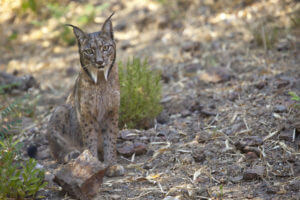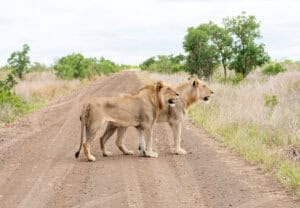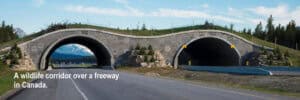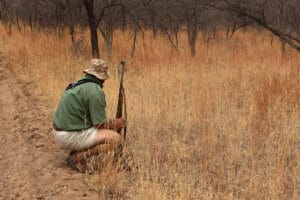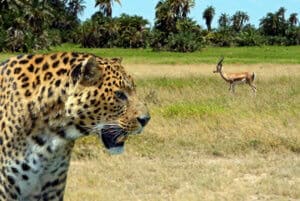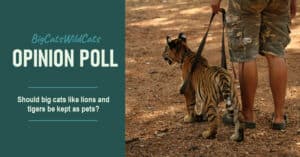Bobcat conservation focuses on protecting the bobcat (Lynx rufus), a small wild cat native to North America. Conservation groups work to preserve their diverse habitats, from forests to deserts, which face threats from urban development, agriculture, and road construction. They use research, like camera trapping and population monitoring, to track bobcat numbers and ensure healthy ecosystems for their prey, such as rabbits and rodents. Efforts also include advocating for stronger wildlife protection laws and reducing human-wildlife conflict, as bobcats are sometimes hunted or trapped for their fur or killed due to perceived threats to livestock.
On this page, you will find a list of organizations working on bobcat conservation, including research, monitoring, and tracking.


